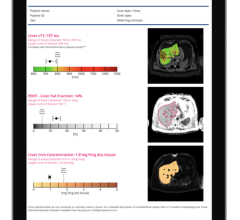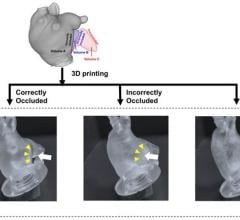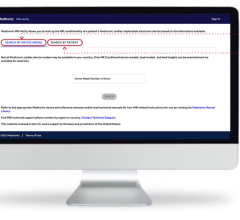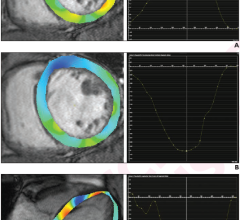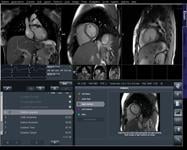
Increased productivity in cardiovascular MRI is possible with a new generation of Tim (total imaging matrix) technology and the introduction of Dot (day optimizing throughput) engine from Siemens. Tim and Dot deliver patient-centered care and significantly improve productivity across the entire MRI workflow. Tim 4G is the fourth generation of Tim, which has more than 5,000 installations worldwide. Tim 4G offers ultrahigh density coils with 204 coil elements and up to 128 channels, DirectRF and other features for improved flexibility, accuracy and speed.
Dot is MRI’s first throughput engine and makes it easy to get the best possible results for virtually any type of patient, providing uniquely tailored, optimized scans configurable to patient condition or clinical question. With real-time on-board guidance, Dot guides the user, step by step through exams, providing instant help, how-to descriptions, and example images, readily, within view. With the Cardiac Dot Engine even the complex cardiac examinations are becoming more routine. Using anatomical landmarks, standard views of the heart, such as dedicated long axis and short-axis views are easily generated and can easily be reproduced using different scanning techniques. Scan parameters are adjusted to the patient’s heart rate and automatic voice commands are given.
Initial studies at the Royal Bournemouth Hospital in the United Kingdom allowed all 16 technologists on staff to perform Cardiac Stress exams compared to only two technologists prior to using the Cardiac Dot Engine.
Information about this Tim G4 and Dot is being provided for planning purposes. The product is pending 510(k) review, and is not yet commercially available in the U.S
For more information: www.siemens.com/healthcare


 February 21, 2024
February 21, 2024 

